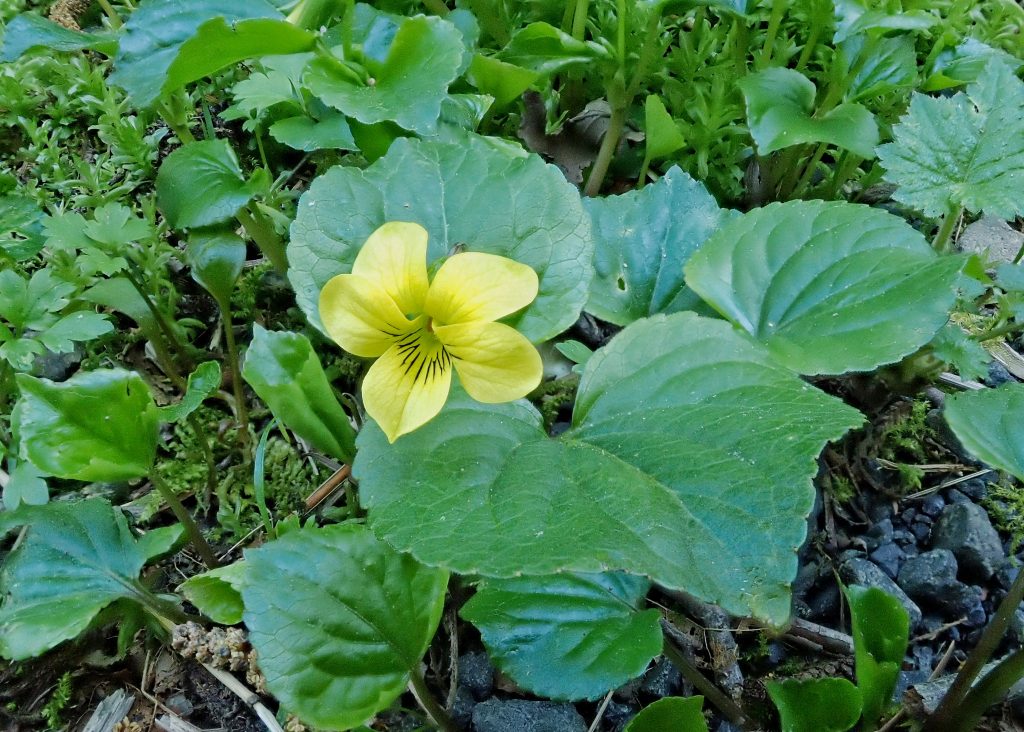
These wonderful plants, which are also known colloquially as the smooth yellow violet, pioneer violet, and the stream violet, were the only wildflowers blooming in good numbers during my recent trip to the Wind River. They are always a welcome sight during early spring, bringing a vibrant yellow to the forest floor. The literature states that they are an important early season nectar and pollen source, but I must confess that I don’t often see much insect activity at their flowers.
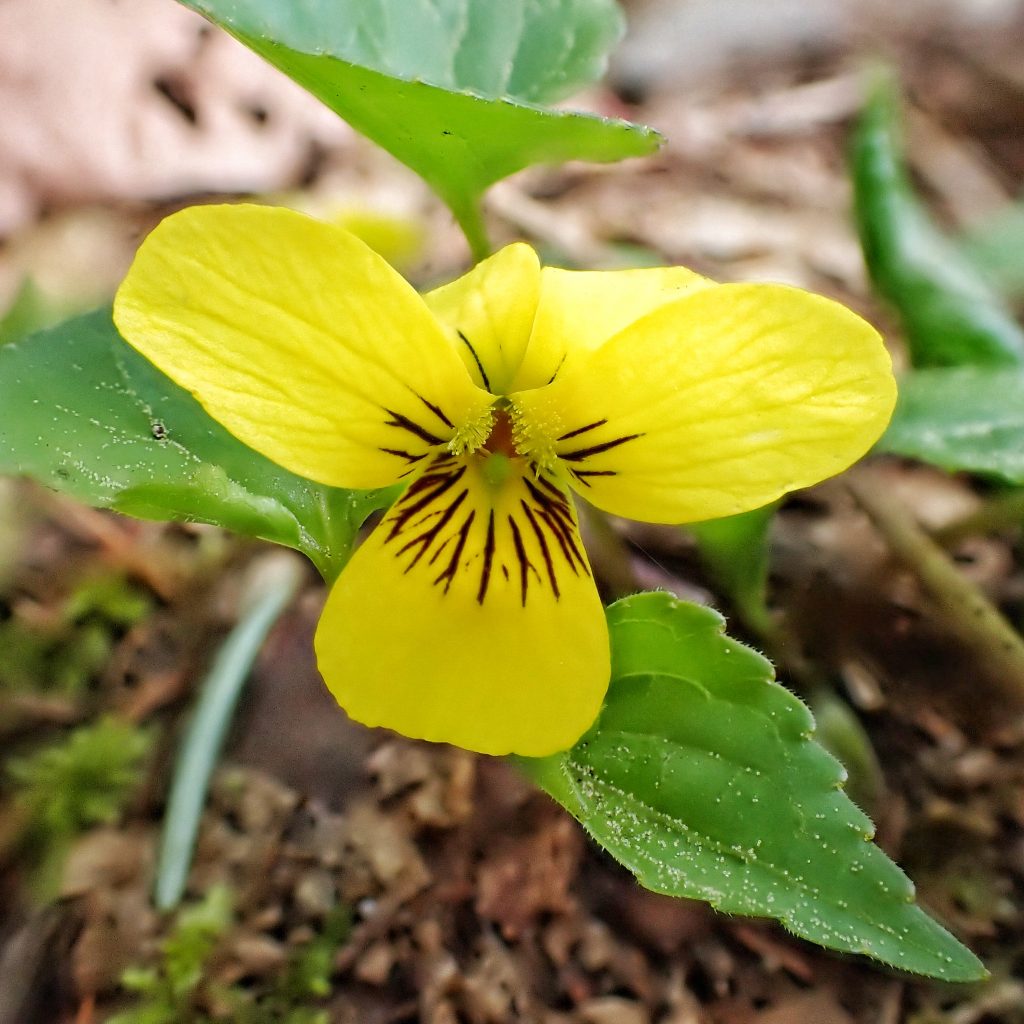
Like many members of the genus Viola, they are important larval hosts for some of the fritillary butterflies, although the butterflies that are most threatened due to loss of larval hosts don’t seem able to make the switch to Viola glabella. No one is ever exactly sure why one host plant is preferred over another, although the assumption is that the biochemistry of the animal has evolved to either seek or avoid certain chemicals in the host. They say that humans can eat the young leaves, either raw, or mixed into soup. The buds and flowers have been consumed as well, although they are known to cause diarrhea if eaten in quantity, so personally I’d avoid them altogether. Viola glabella doesn’t seem to have any medicinal uses.
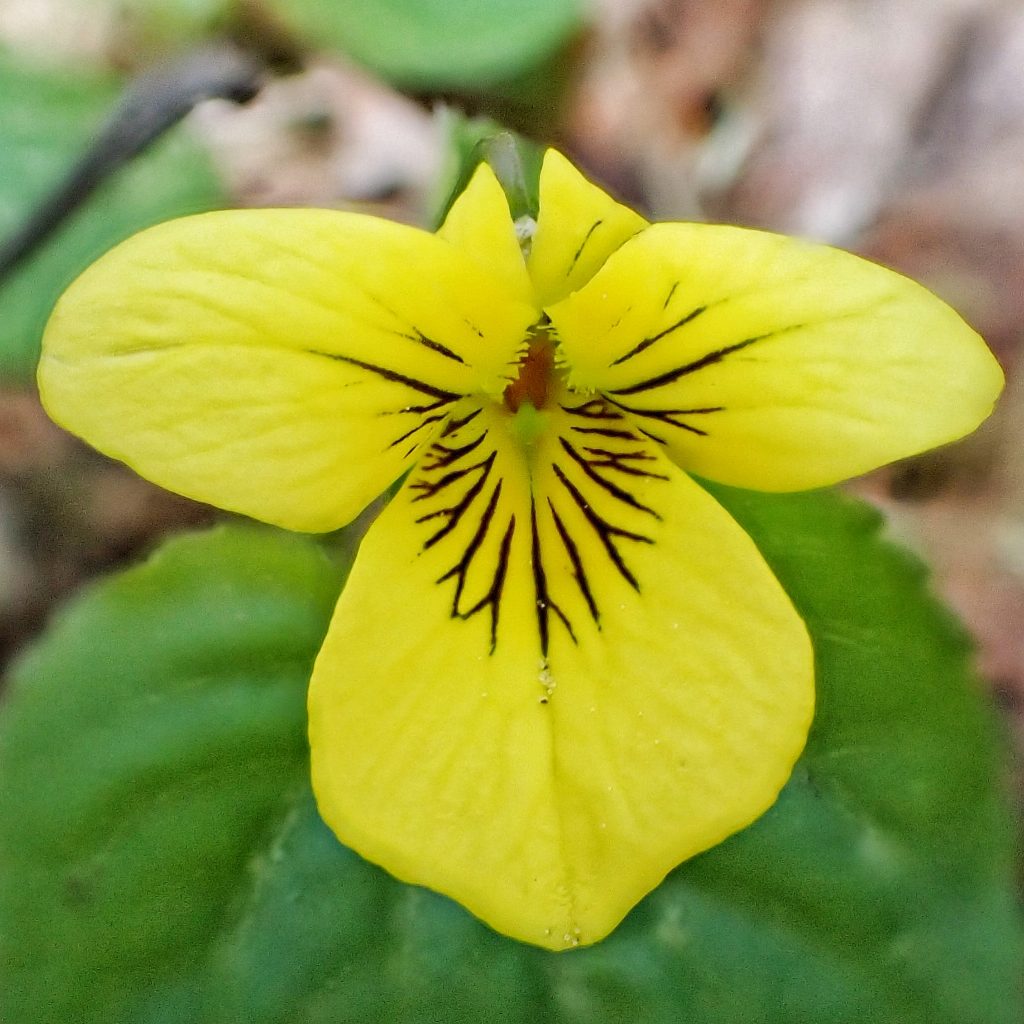
Updated Facebook note-For a variety of reasons, most of which having to do with regulating my blood pressure and freeing up significant blocks of time, as of May 15 I will not be routinely sharing links to these posts in many of the Facebook groups to which I belong. I am sorry for the inconvenience, but anyone wishing to see new profiles after that date can follow me on Facebook, since all posts will be shared to my timeline/wall/page. Please don’t attempt to ‘friend’ me- I have been inundated with spam ‘friend requests’ in the last few days, and after receiving several hundred per day I am now unilaterally denying all requests. Or you can take advantage of the free subscription option on the website, and all new posts will be emailed to you.
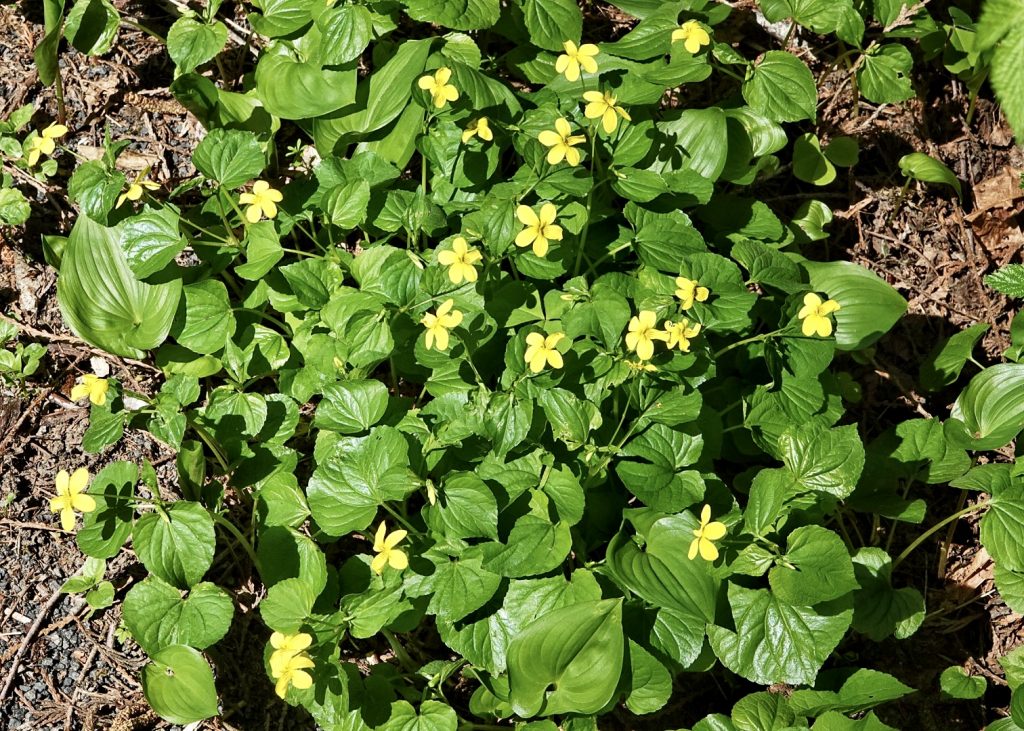
Description-Perennial; small (up to 8” tall) plant with relatively delicate, heartshaped leaves that may be toothed or entire and are uniformly green, and bright yellow flowers with three petals below and two above; lower petals have maroon ‘nectar guides’ (lines), and upper petals are bearded; lacks stolons and grows upright
Similar species–Viola sempervirens is stoloniferous, prostrate, and spreading, with leathery leaves that often have purple blotches; V. orbiculata has round, basal leaves, and flower stems have only bracts; V. douglasii has narrowly oval leaflets.
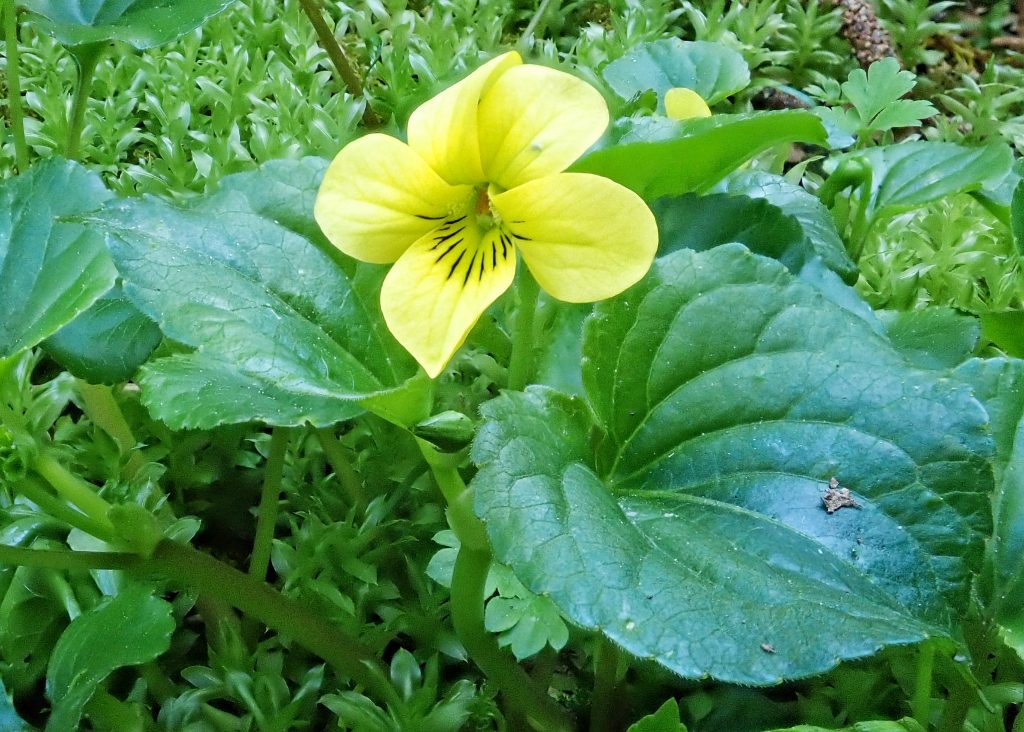
Habitat-Damp to wet, shaded to partly sunny spots, with acidic and nutrient rich soil, in forests and along streams, up to 7,000’ elevation.
Range-Western North America and Asia; region wide in appropriate habitat in the PNW.
Reproductive timing– March to July, depending on elevation; the early spring blooming is probably the origin of the colloquial common name pioneer violets.

Eaten by– Larval host for the butterflies Speyeria hydaspe, S. mormoni, and Boloria epithore, and the leaf rolling moths Herpetogramma pertextalis; my friend Michael Palmer has found the larvae of the sawfly Nefusa ambigua mining their leaves in Oregon; solitary bees and bumble bees, butterflies, and assorted other pollinators feed on the nectar and pollen of this early season bloomer.
Etymology of names– Viola is from the Latin word for ‘violets’, the flower, which in turn came from ‘violet’, the color. The specific epithet glabella is from the Latin word for ‘smooth’, and references the general hairlessness of the leaves and stems.
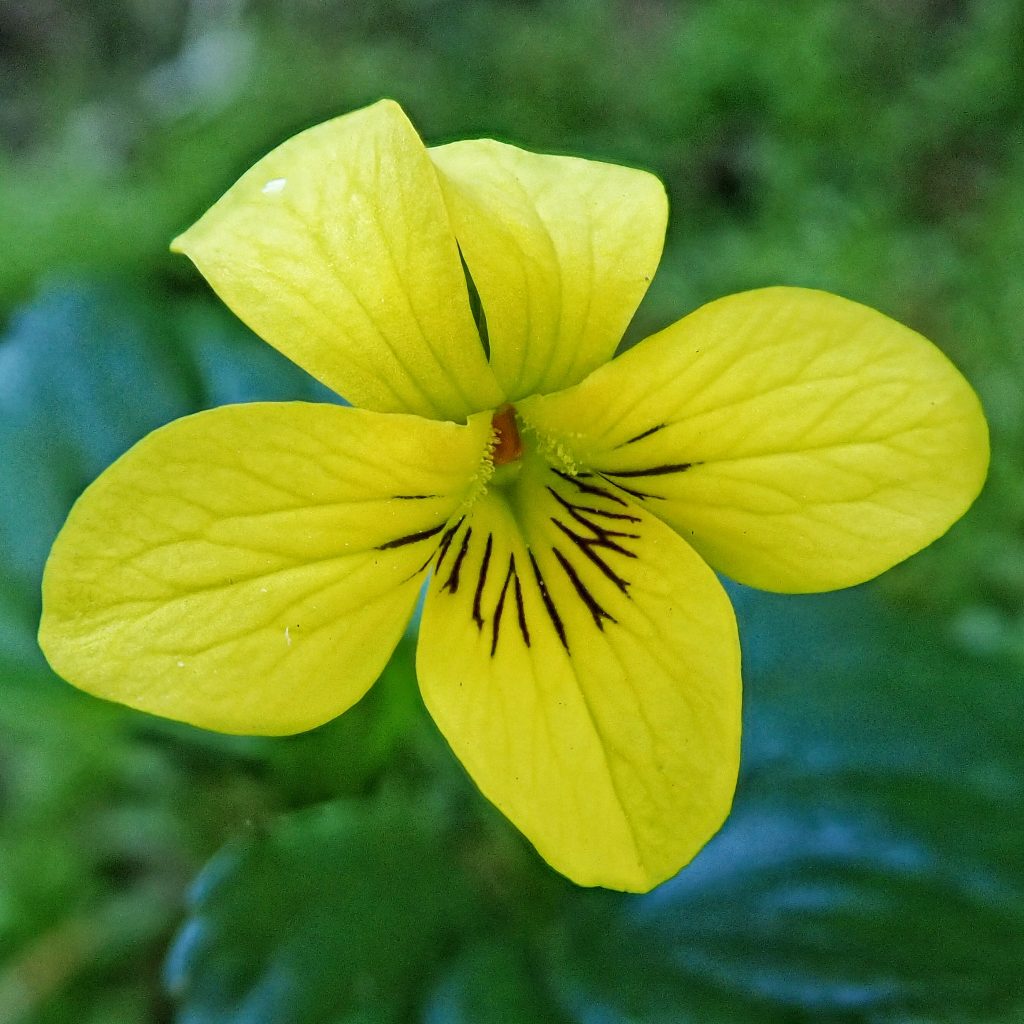
Viola glabella | Smooth Yellow Violet | Wildflowers of the Pacific Northwest
https://www.wnps.org/native-plant-directory/433-viola-glabella
https://biology.burke.washington.edu/herbarium/imagecollection/taxon.php?Taxon=Viola%20glabella
http://www.efloras.org/florataxon.aspx?flora_id=1&taxon_id=250100916
https://pfaf.org/user/Plant.aspx?LatinName=Viola+glabella
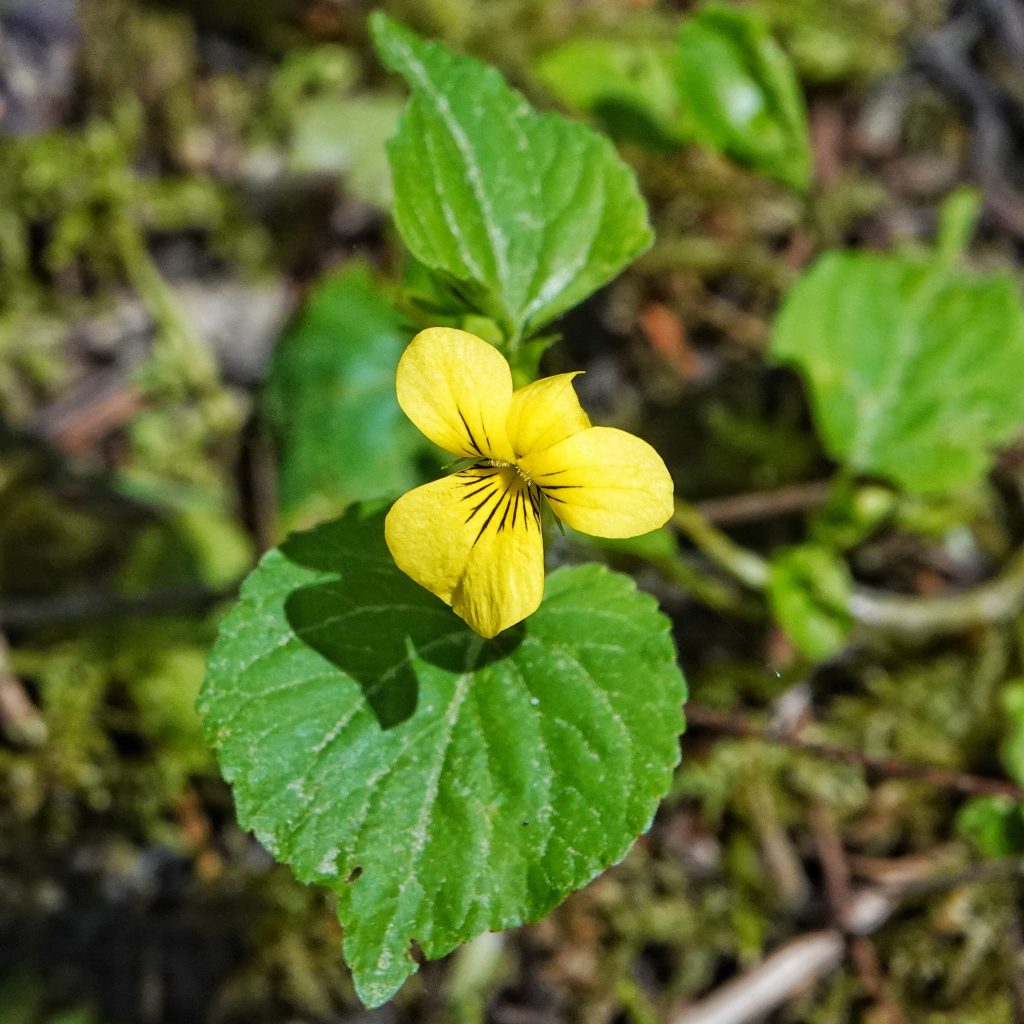
1 thought on “Viola glabella”